In Germany the Common Mallow (Malva sylvestris) is called Wild Mallow. However, it isn’t really wild any more but popular as a garden plant.
Growing wild, it can be found along roadsides, on embankments, in meadows or parks as well as on railway embankments. It can grow over one meter high, flowers from June to October, is perennial, but does not reach a high age.
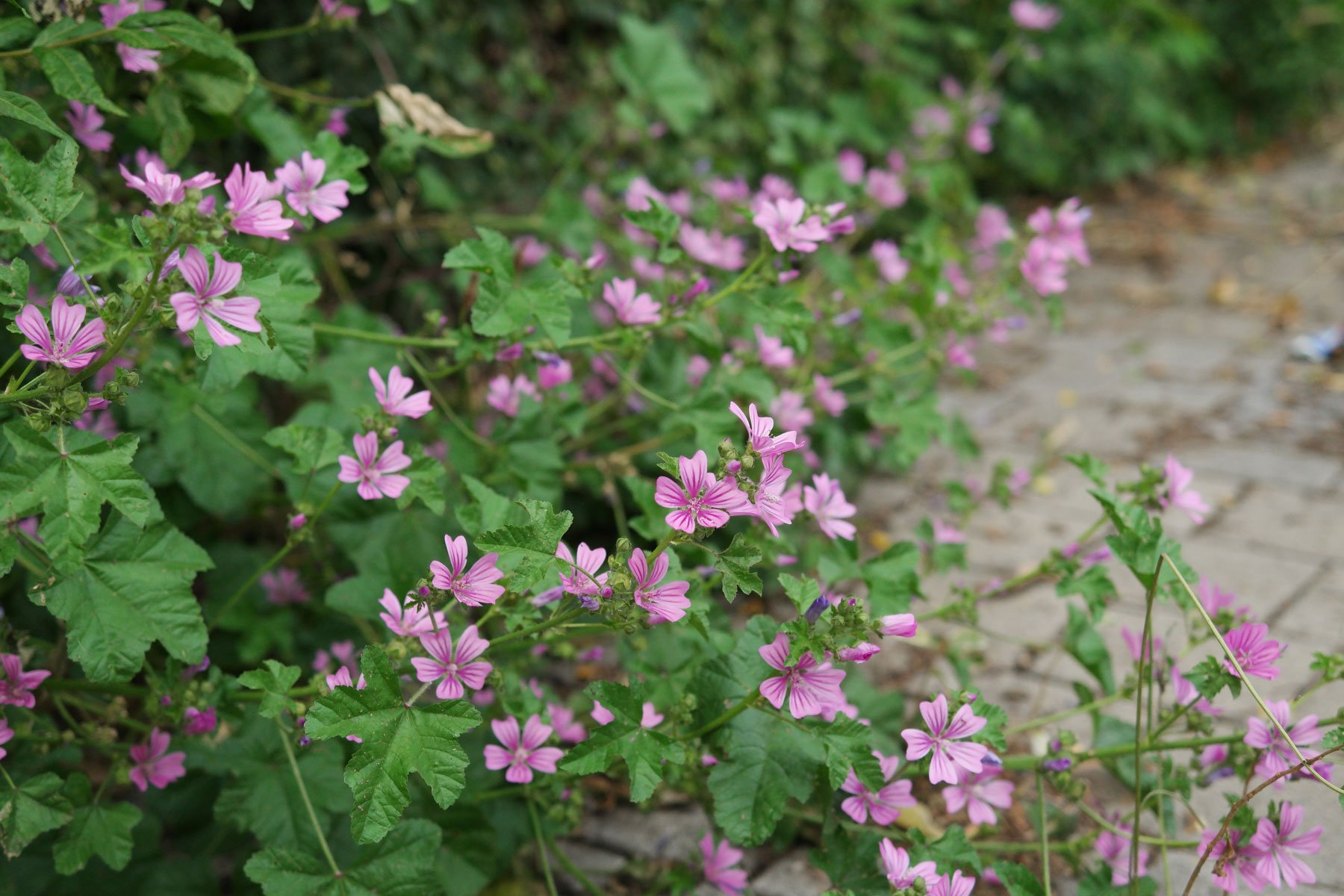
If Malva sylvestris is allowed to grow undisturbed, it can reach a height of over one meter. It also copes well with locations that are frequently mowed, remains much smaller there, but still flowers profusely.
Honey bees, bumble bees and other wild bees like to fly to its flowers. It also provides food for other insects, such as the fire bug, which prefers to feed on the sap of mallow plants.

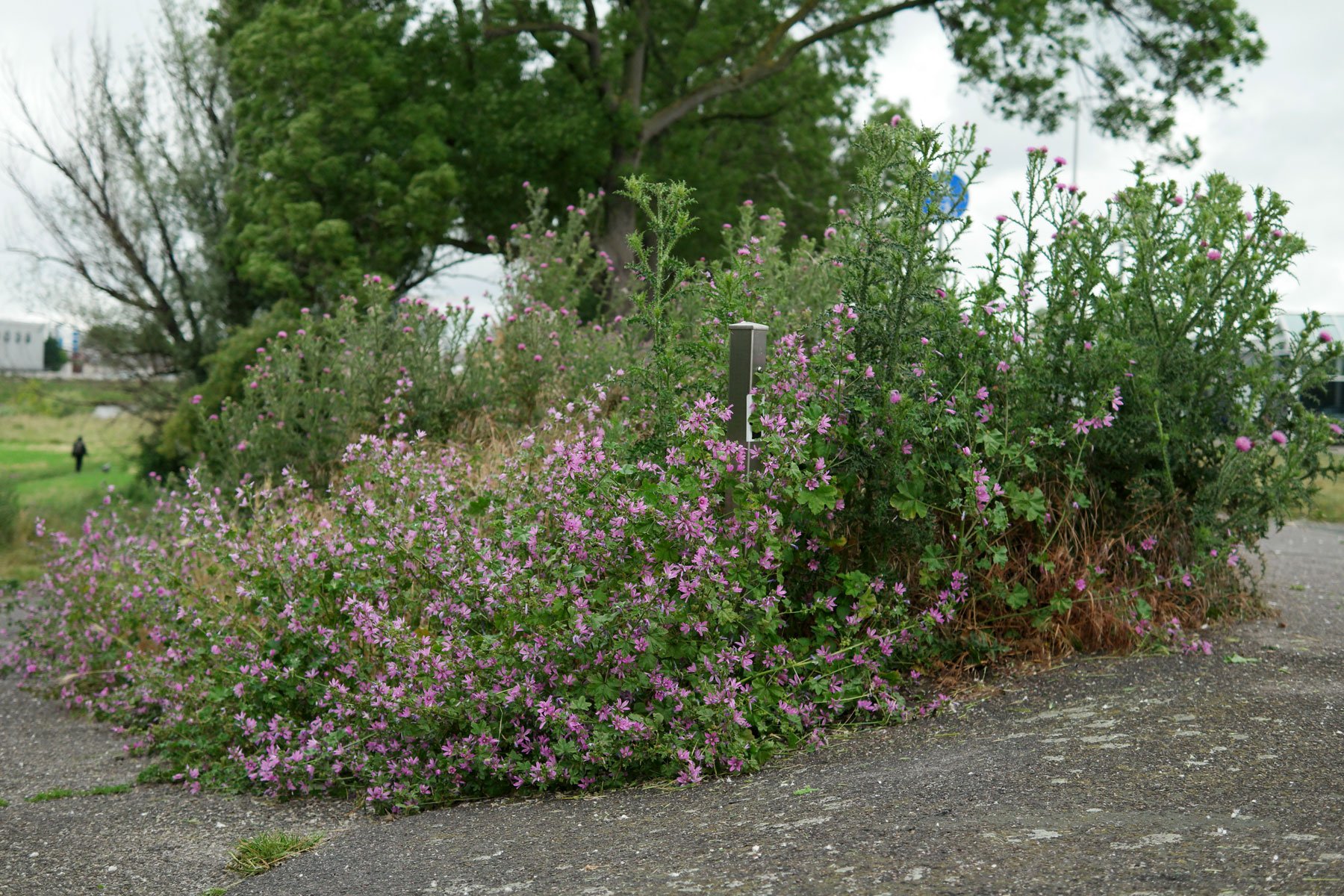

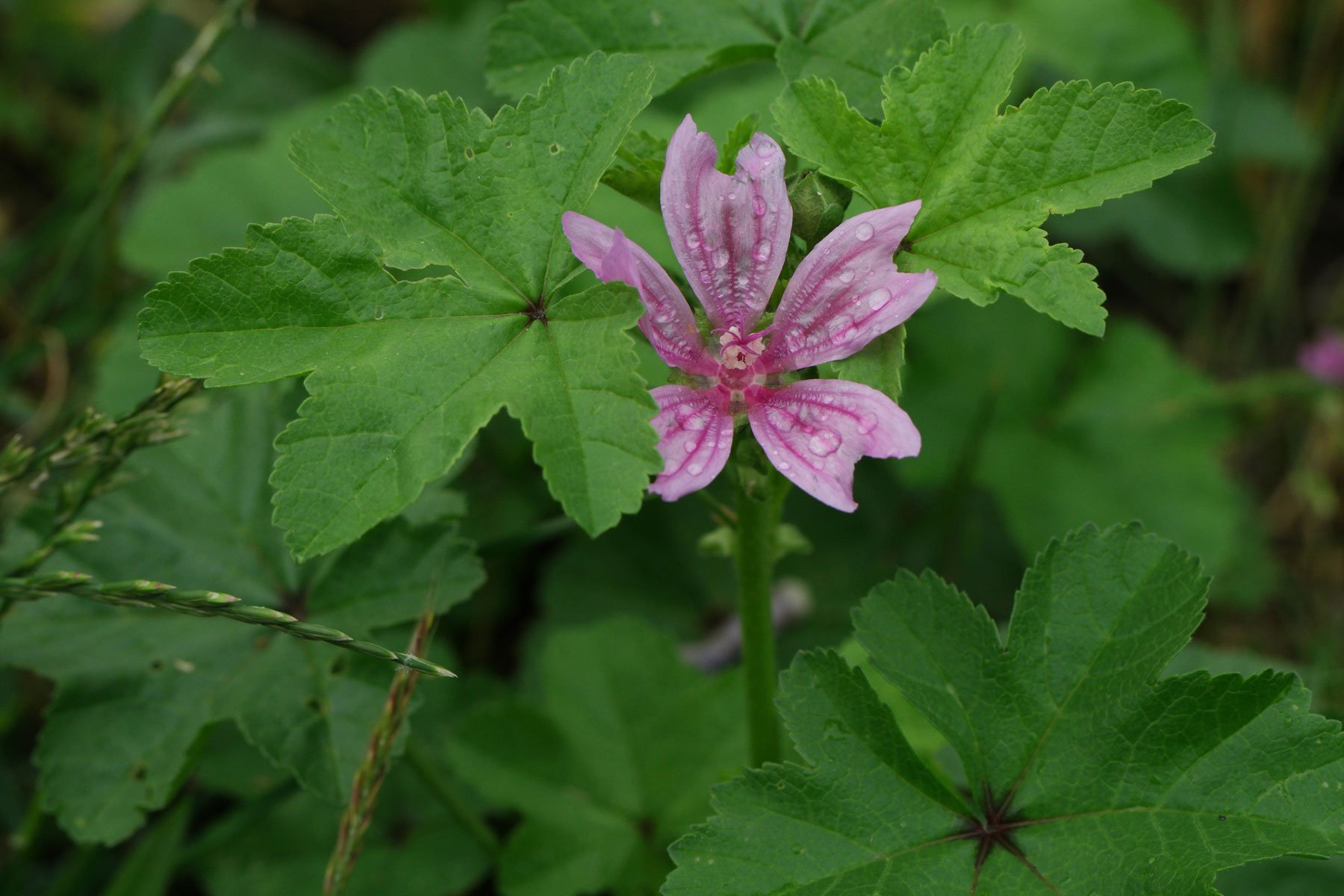
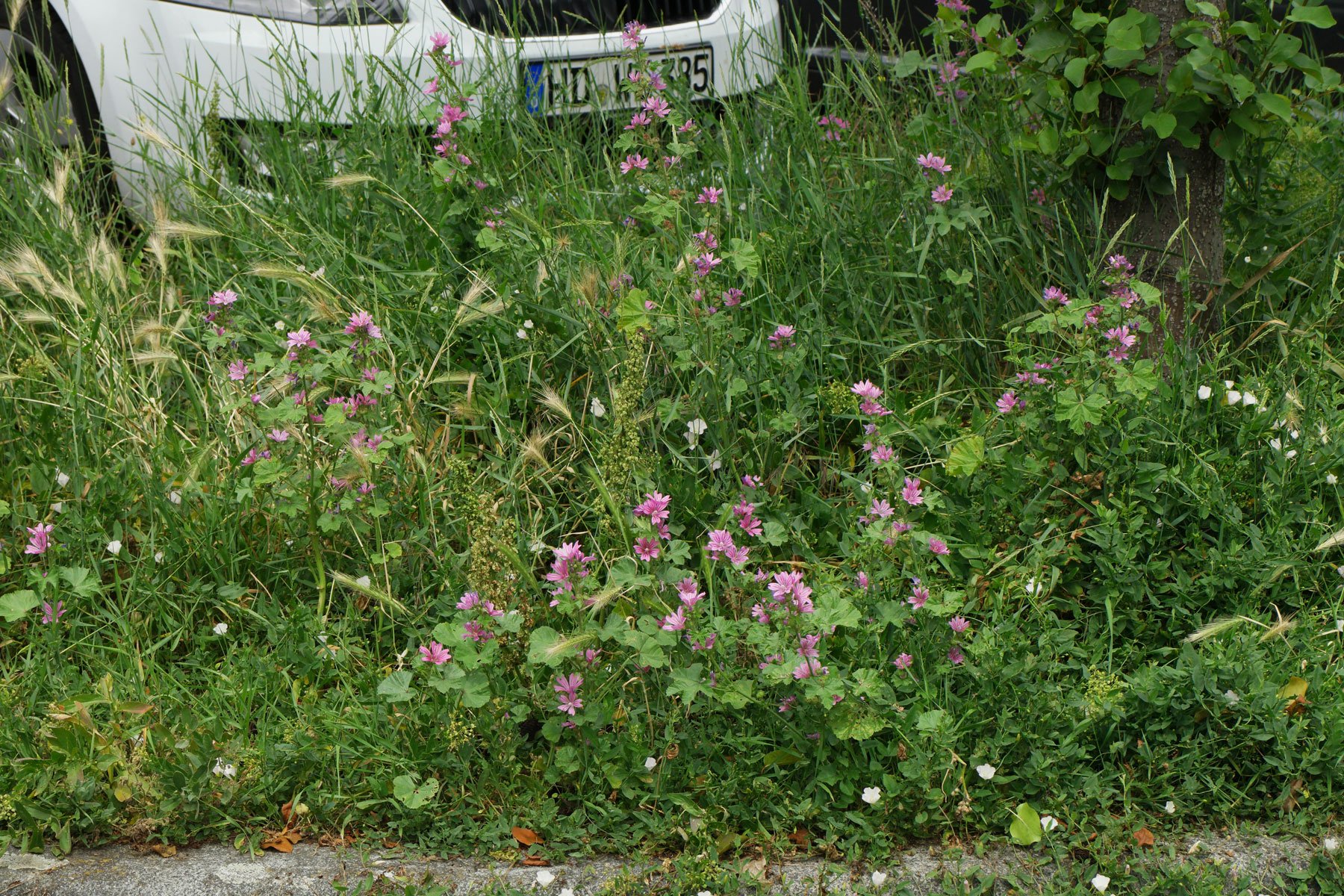
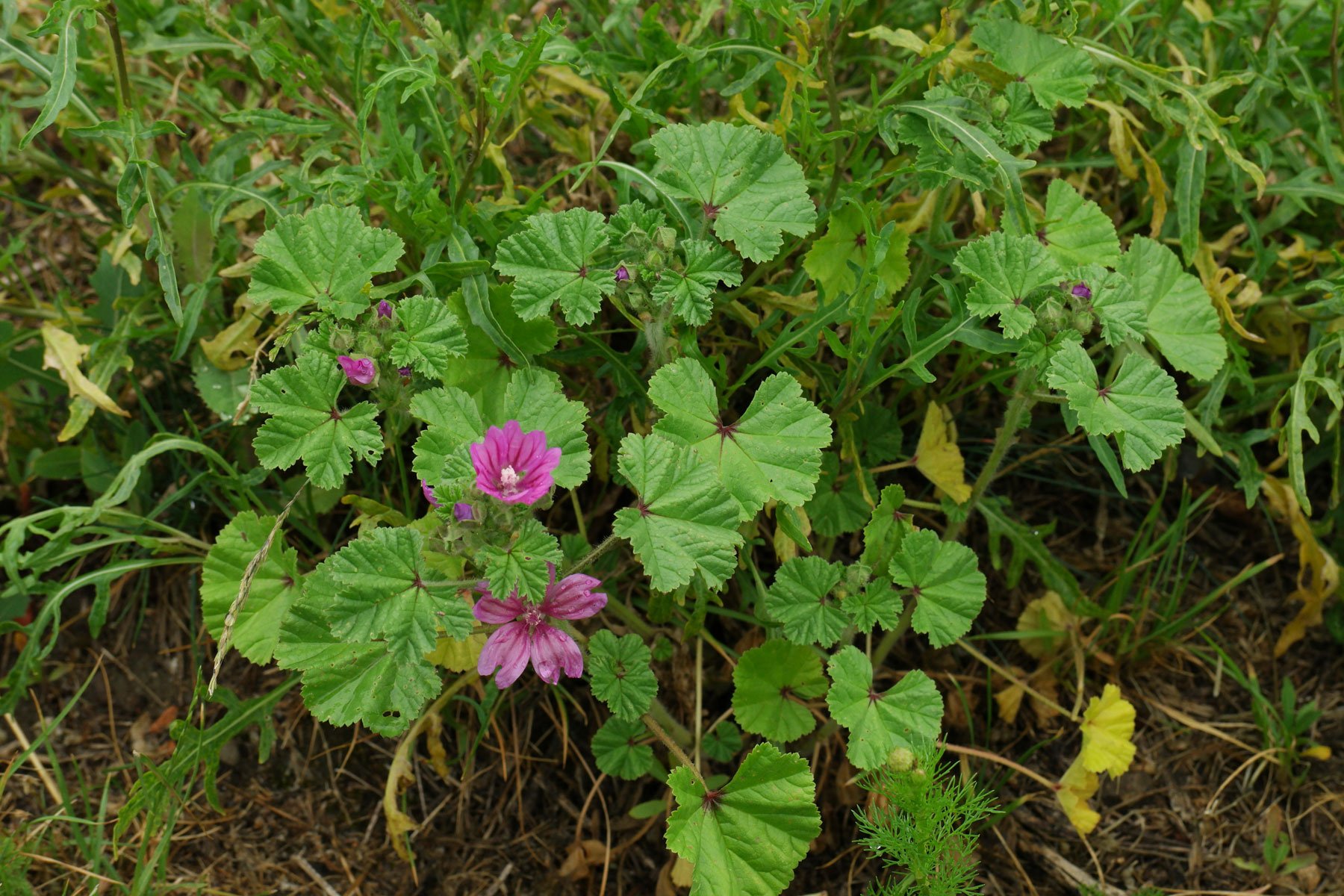
The Common Mallow as a garden plant
Because it is robust and flowers for a long time, in mild years single flowers can appear until the end of November, the Common Mallow is a popular garden plant. Cultivars with double, semi-double or blue flowers are available.
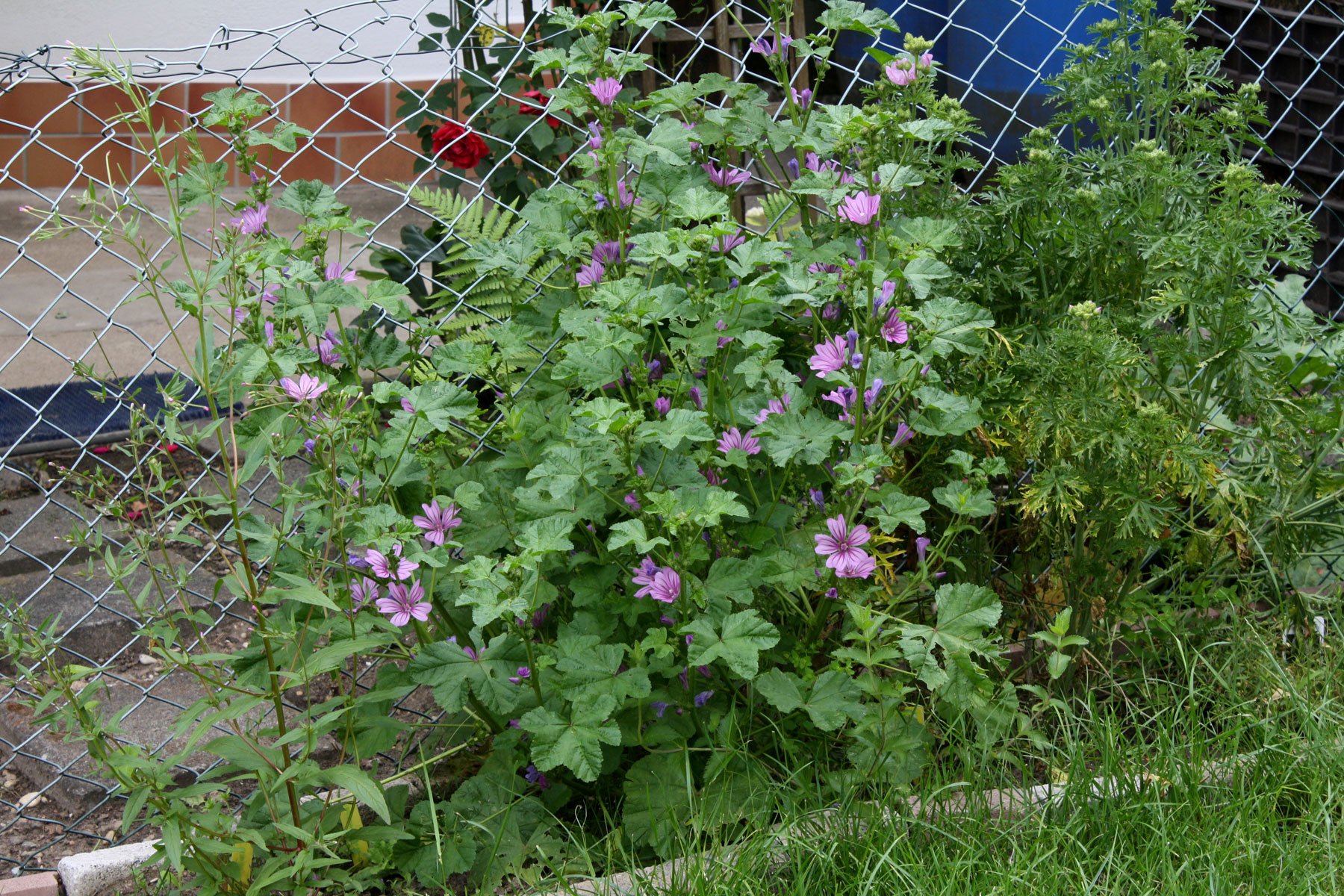
Location
Ideal are full to partial sunny locations, which offer Malva sylvestris for at least 3 hours of sunshine daily. It can also cope with partial shade.
Soil
This Mallow does not place high demands on the soil, which can be humusy to sandy-clayey or permeable. In dry soil it remains smaller, so it is good to water it regularly.
Categories: Garden plants | Red & Pink Flowers | Wildflowers |

 Abutilon “Copper Apricot”
Abutilon “Copper Apricot” Abutilon megapotamicum
Abutilon megapotamicum Alcalthaea suffrutescens “Park Allee”
Alcalthaea suffrutescens “Park Allee” Alcea rosea
Alcea rosea Alcea rosea “Chaters Double Yellow”
Alcea rosea “Chaters Double Yellow”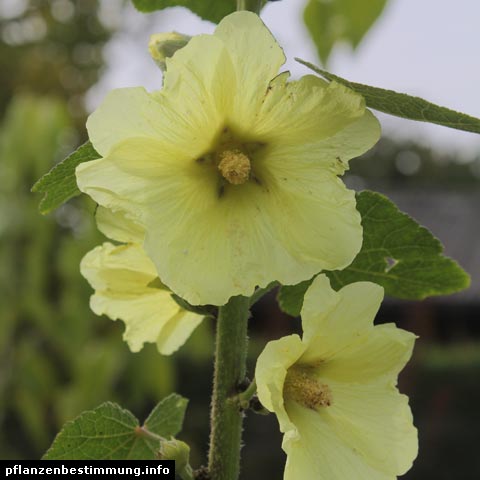 Alcea rugosa
Alcea rugosa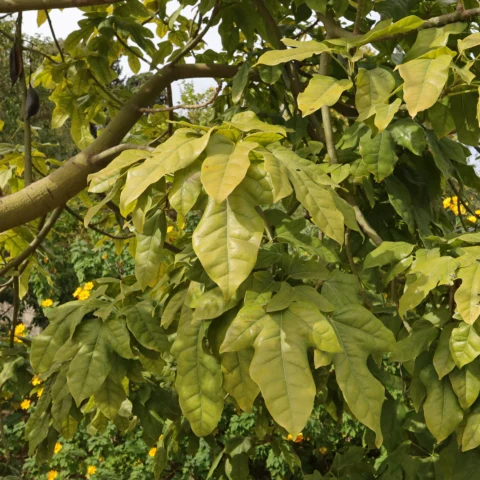 Brachychiton acerifolius
Brachychiton acerifolius Brachychiton rupestris
Brachychiton rupestris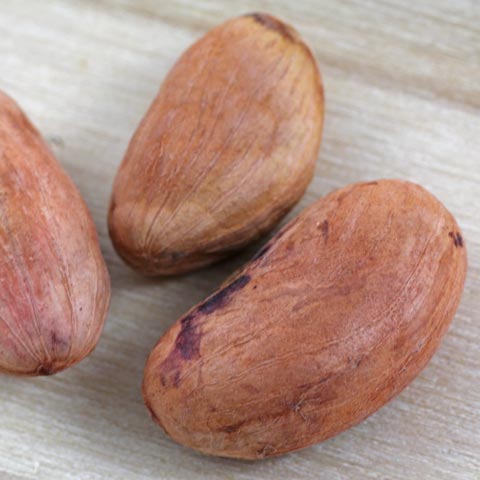 Cacao Beans
Cacao Beans Ceiba speciosa
Ceiba speciosa Hibiscus rosa-sinensis
Hibiscus rosa-sinensis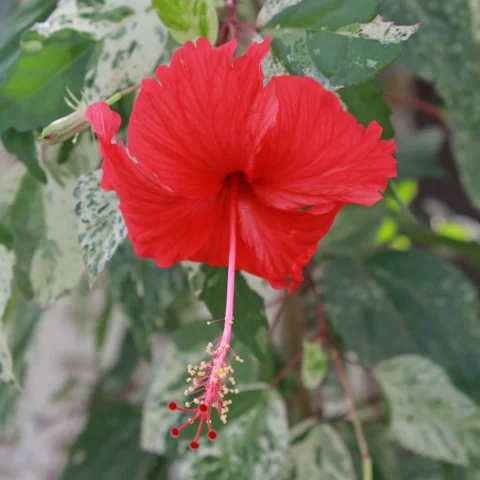 Hibiscus rosa-sinensis “Variegata”
Hibiscus rosa-sinensis “Variegata”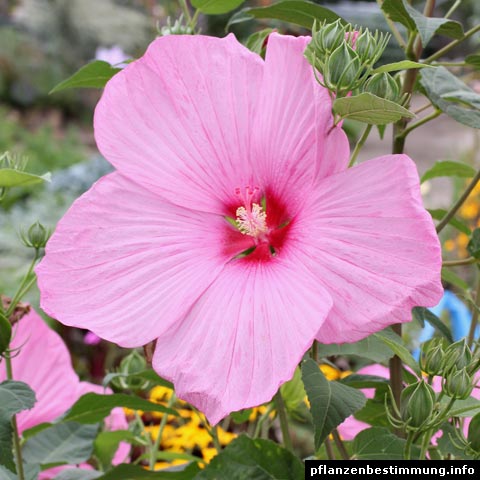 Hibiscus sp.
Hibiscus sp.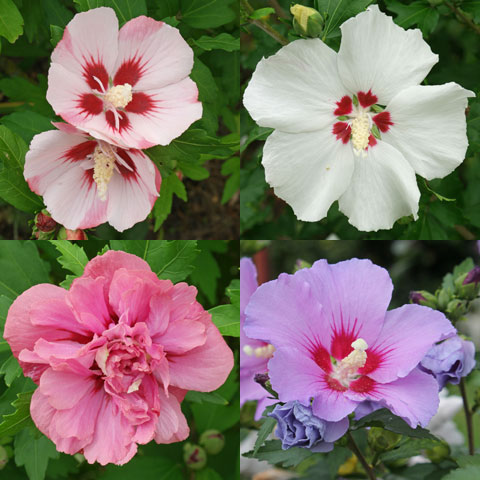 Hibiscus syriacus
Hibiscus syriacus Hibiscus tiliaceus “Tricolor”
Hibiscus tiliaceus “Tricolor”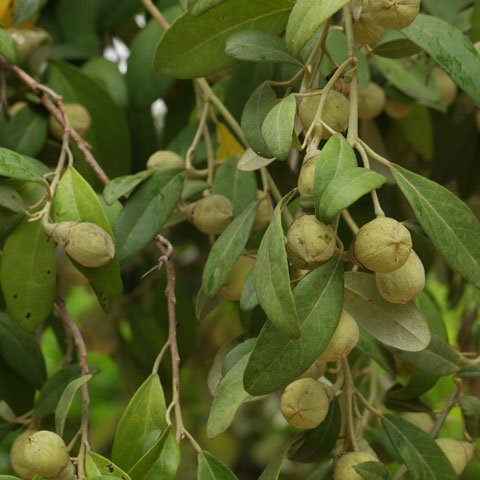 Lagunaria patersonia
Lagunaria patersonia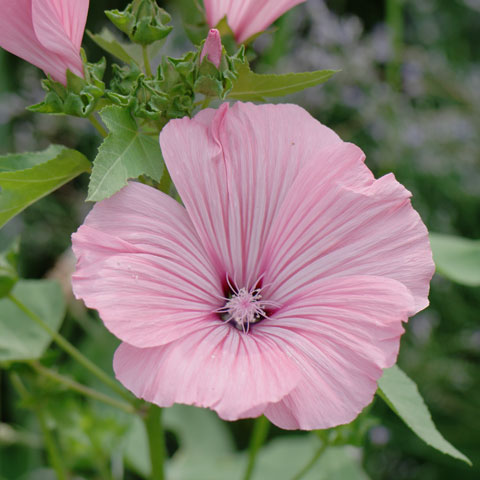 Lavatera trimestris cv.
Lavatera trimestris cv.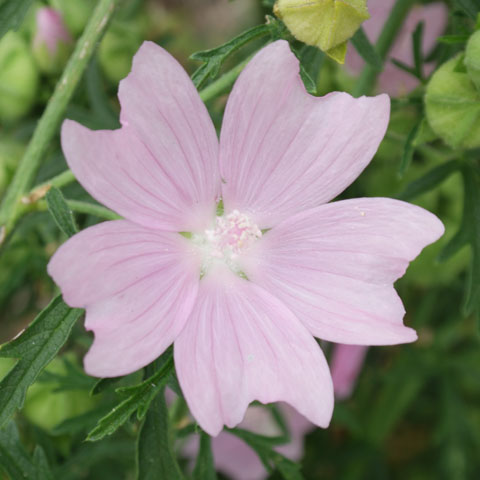 Malva alcea
Malva alcea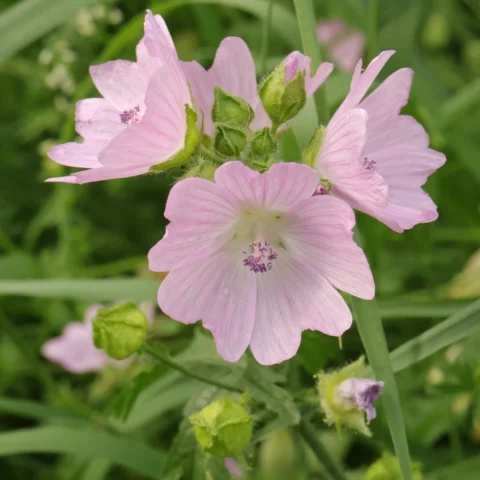 Malva moschata
Malva moschata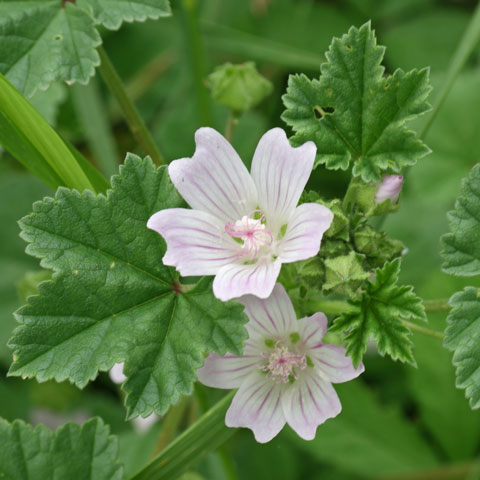 Malva neglecta
Malva neglecta Malva sylvestris
Malva sylvestris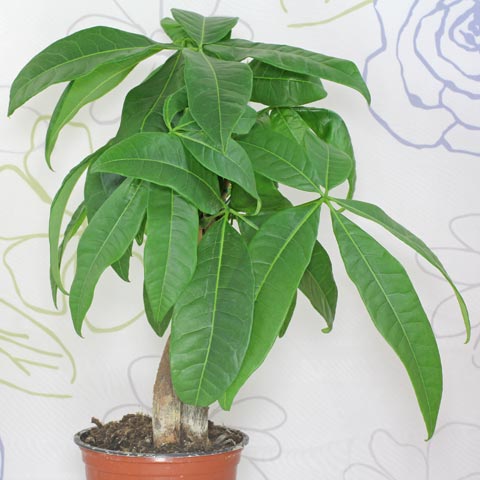 Pachira aquatica
Pachira aquatica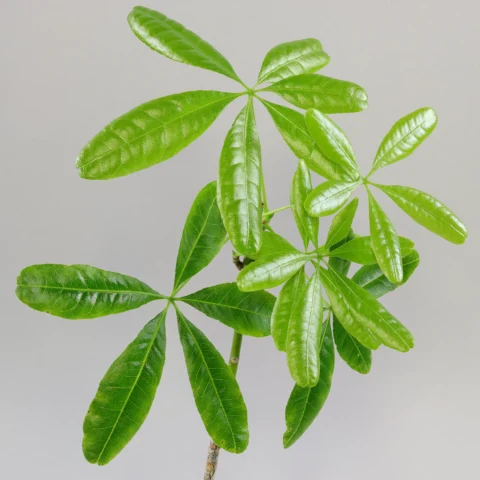 Pachira cubensis
Pachira cubensis Thespesia populnea
Thespesia populnea Tilia cordata
Tilia cordata